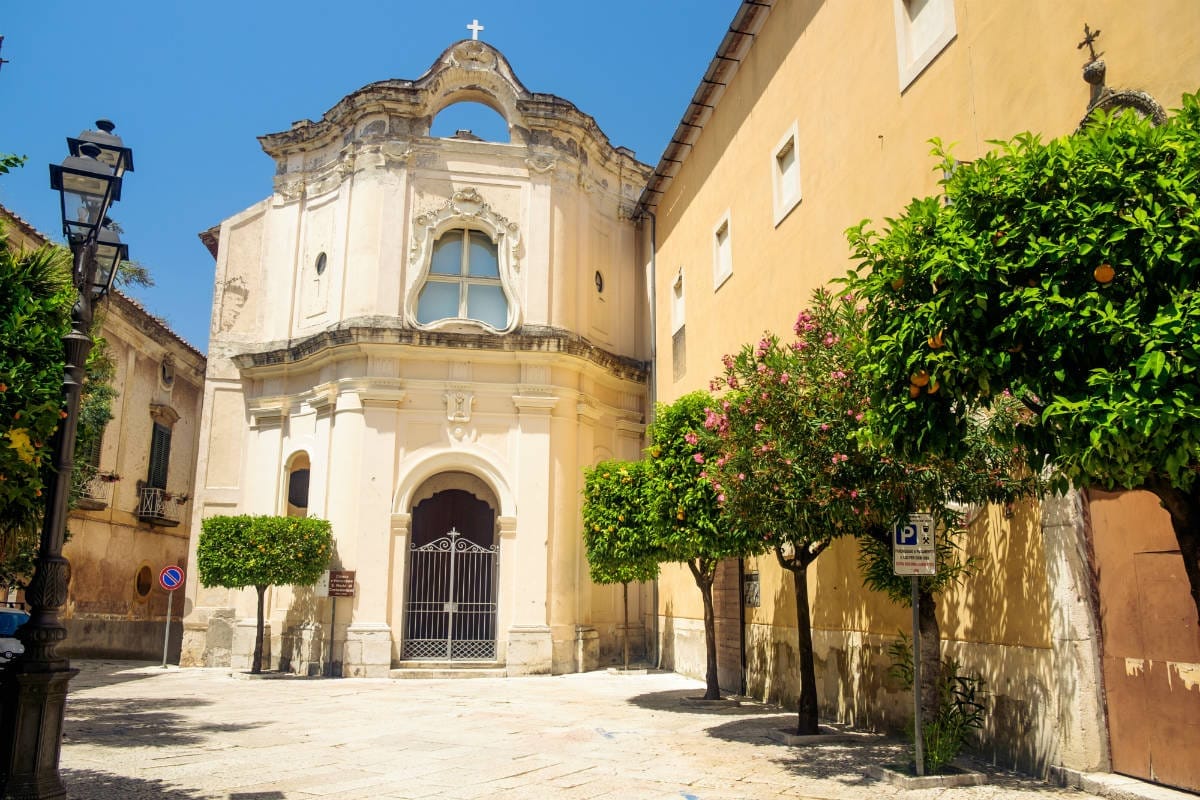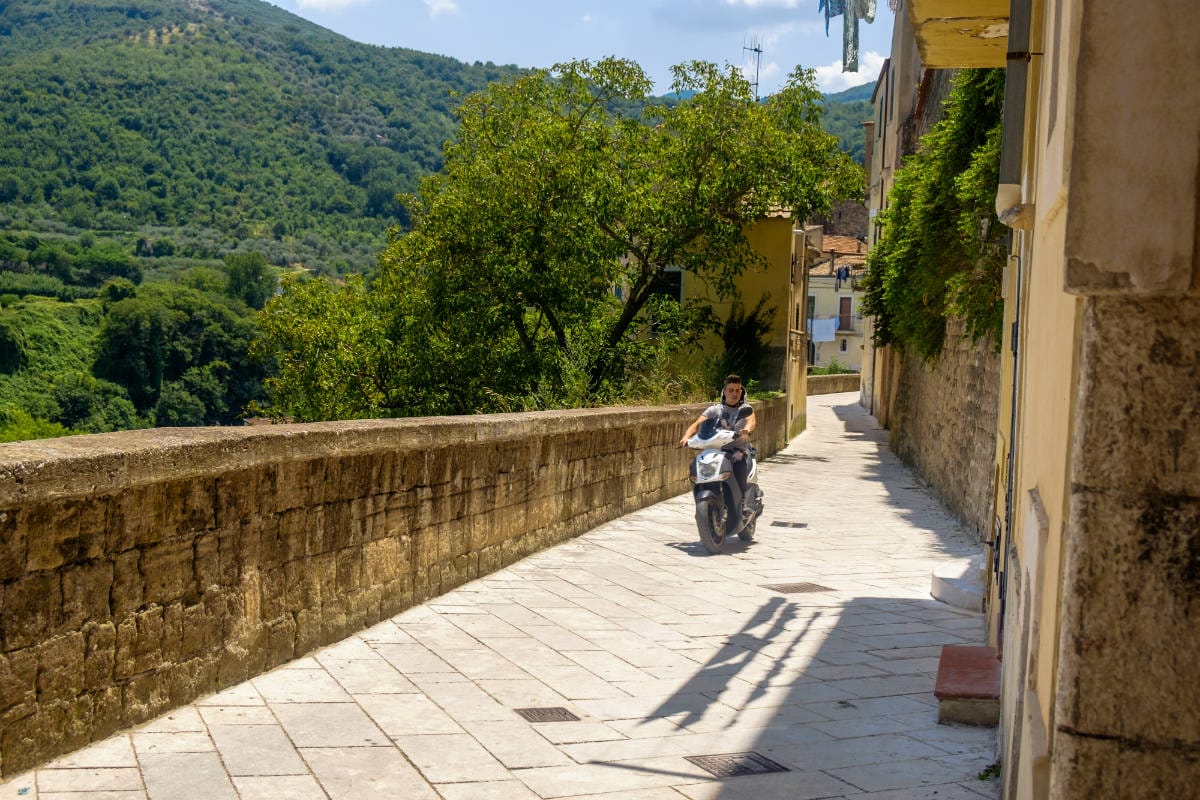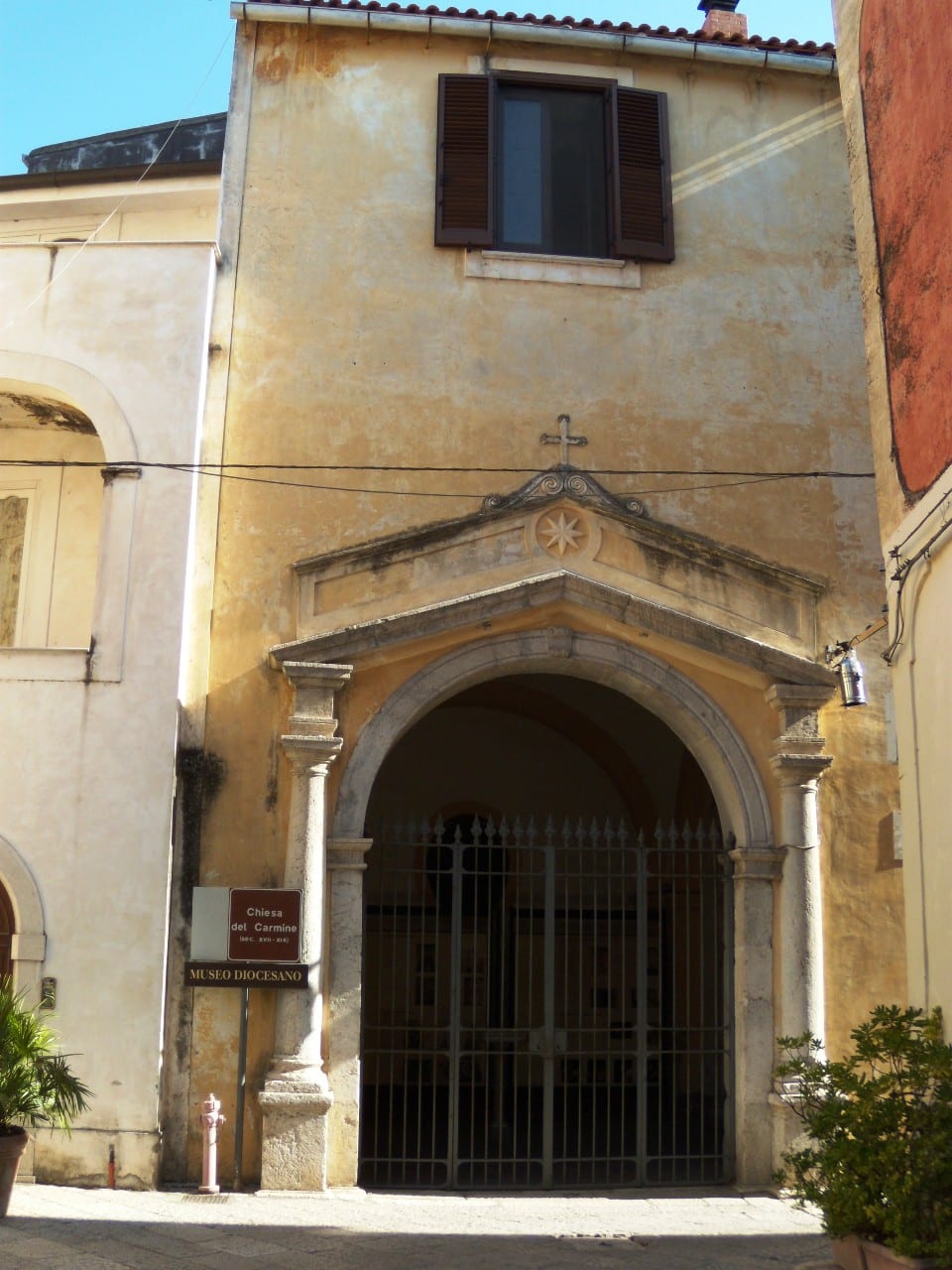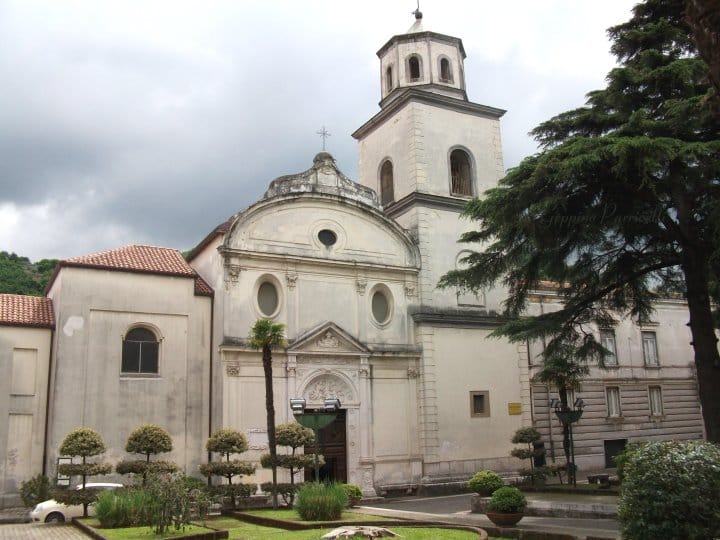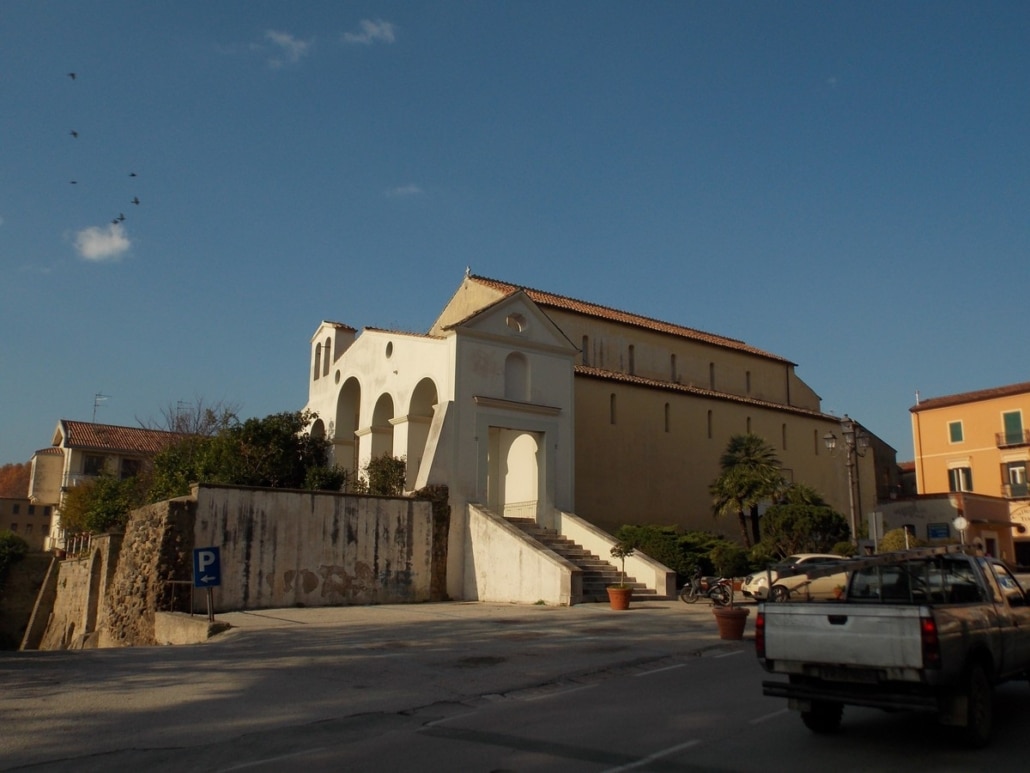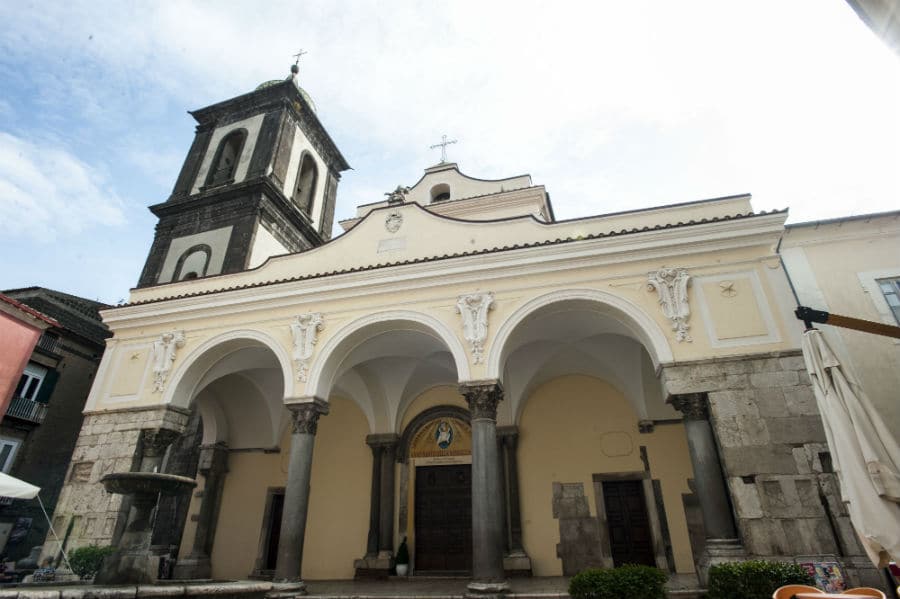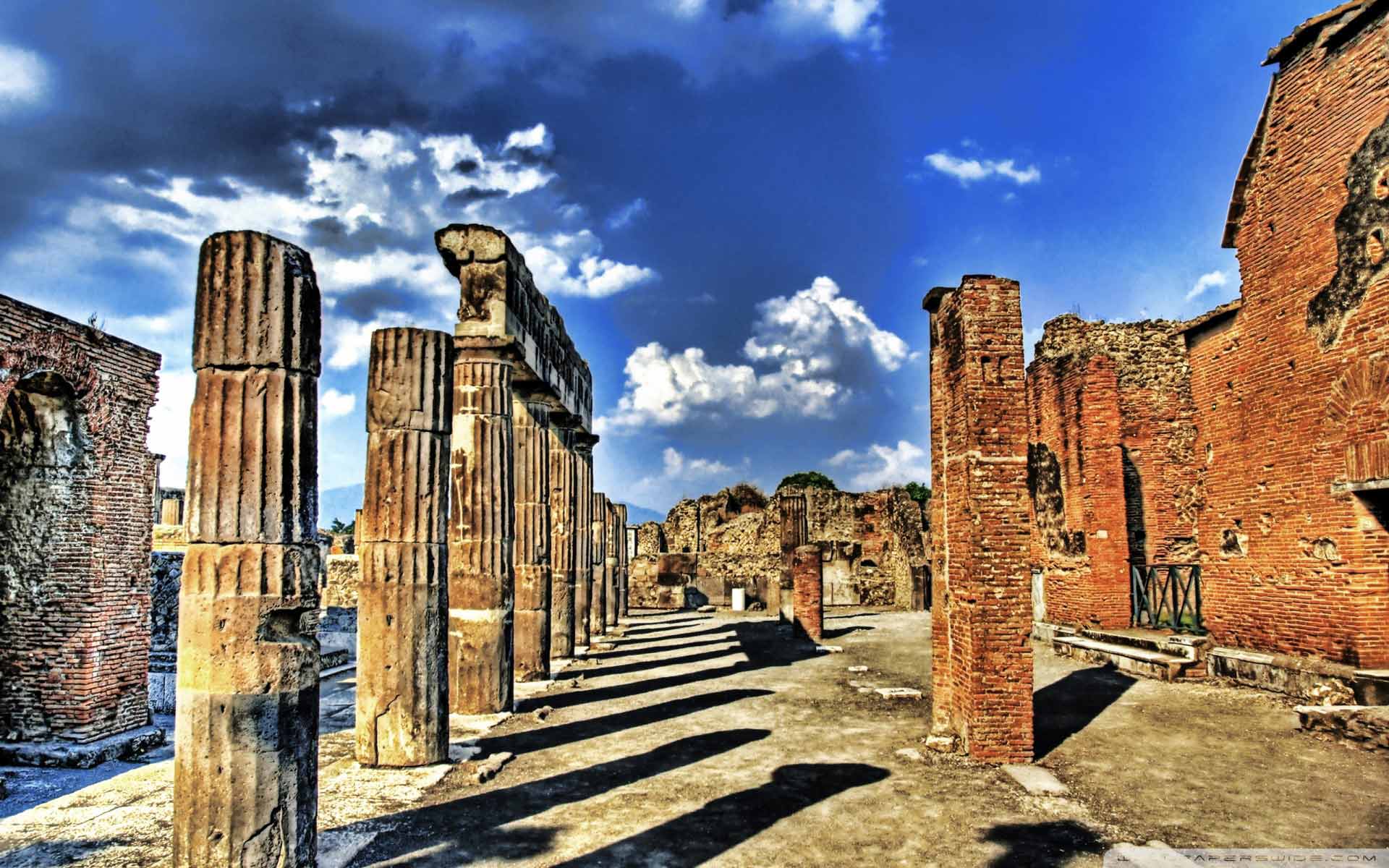The village of Sant'Agata de' Goti, located in the Taburno Camposauro Regional Park, offers breathtaking views, appearing like a living postcard from every corner of the village. The most spectacular view, however, is from the Vittorio Emanuele Bridge, which rises above the Martorano valley, from which one can admire the bell towers and houses clinging to the cliff. From this point, the town appears almost suspended in the void, like a work of art balanced between history and nature. The bridge, with its arches of ancient construction, supports the entire housing system, which seems to defy gravity. The view from the top of the village is certainly one of the most striking in Italy, with lush greenery surrounding the village and enhancing its natural beauty.
The history and evolution of the village
The history of Sant'Agata de' Goti dates back to ancient times. Founded by the Samnites under the name of Saticula, the town has passed through several dominations, from the Romans to the Lombards, from the Normans to the Bourbons, each of which has left an indelible mark on its urban fabric and local traditions. The town's name, in fact, has its roots in the 8th century, when the Lombard town was named after the saint Agatha of Catania, probably at the behest of the Lombard rulers. During the Norman period, the town took on the appearance we know today, with the erection of fortifications and watchtowers, which made the village virtually impregnable. The tuff quarries, used by the Normans, are still visible today and tell the story of a town that has always been able to protect itself, both from invasion and the passage of time.
Architectural wonders
Walking through the streets of the historic center of Sant'Agata de' Goti, one has the opportunity to admire an artistic and cultural heritage of extraordinary value. Churches, in particular, represent a distinctive element of the village. The Cathedral of St. Agatha, founded in 970 and rebuilt in the 12th century, is one of the main places of worship, with its imposing facade and rich interior decoration testifying to the grandeur of the local religious tradition. No less interesting is the church of St. Francis, built in 1267, which houses inside the funeral monument of Ludovico d'Artus and a majolica floor that testifies to the craftsmanship of the Massa brothers, famous potters of the period.
Other churches of great value are the church of San Menna, with its cosmatesque mosaics, among the oldest in Italy, decorating the chancel, and the Bishop's Palace, located in Piazza del Duomo. The latter is famous for the Hall of Coats of Arms, where the effigies of as many as 68 bishops are displayed, and for memorabilia related to the life of St. Alphonsus Maria de' Liguori. Each of these places holds a story that tells centuries of faith, art and culture.
Sant'Agata de' Goti is a place that is not only fascinating for its architecture, but also for its deep connection with nature. The surrounding area is traversed by the Carolino Aqueduct, an imposing hydraulic work that runs for 38 kilometers and has been recognized as a UNESCO World Heritage Site. A particularly impressive section of this aqueduct can be seen in Longano, where the famous "Valley Bridges" are located, representing one of the engineering marvels of this area.
Typical products
It is not only the natural landscape that makes this village unique, but also its typical products. Prominent among them is the Mela Annurca, which is considered the queen of apples and was awarded the PGI mark in 2006. This fruit, with its compact pulp and sour flavor, has been appreciated since ancient Roman times. Sant'Agata de' Goti is also famous for its wines, such as Falanghina and Aglianico, which boast the DOC appellation and are appreciated by gourmets all over the world. And one cannot talk about local gastronomy without mentioning the 'nfrennule, tarallucci with a unique texture, prepared with local ingredients, which are a real treat for the palate.
A village to discover
Sant'Agata de' Goti is undoubtedly one of the most fascinating villages in Campania, capable of enchanting anyone who visits it thanks to its timeless beauty, its millenary history and its cultural tradition. Walking through its streets, immersing oneself in its architectural heritage and tasting its typical products means getting in touch with a place that has managed to keep its authenticity intact while evolving over the centuries. For those looking for a corner of paradise, far from the chaos of big cities, Sant'Agata de' Goti is the ideal destination for a visit that will remain in the heart.






